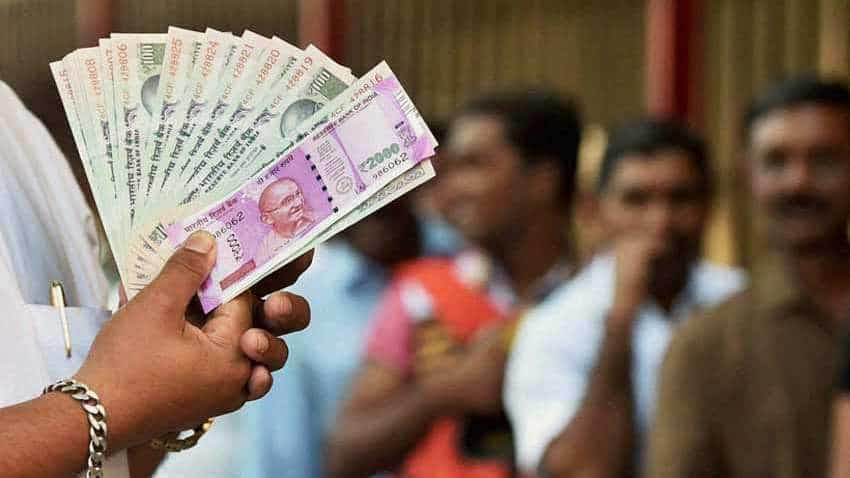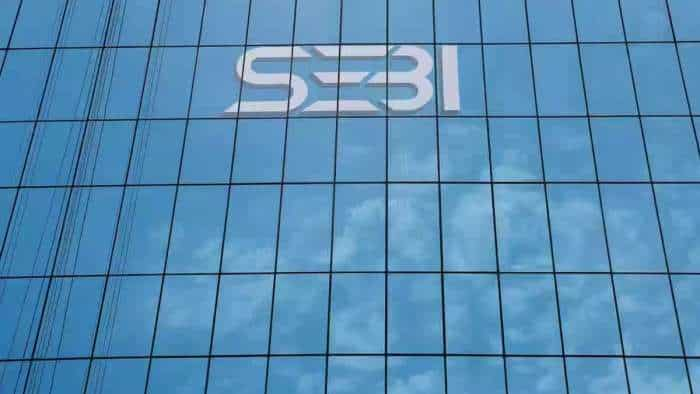Confused about tax saving investments? Here’s how 5-year Fixed deposits benefit you
FDs have higher interest rates when compared to other savings accounts. Proceeds from FDs can be availed monthly, quarterly, half year and annually.

You must have heard it a lot from your tax advisors about need to invest in schemes that come with a host of income tax benefits. Reason being that by investing in tax saving schemes the amount of burden on paying taxes gets reduced. There are different tax slabs for different kind of incomes be it either from your salary or other sources. Everyone who earns has to pay taxes. But by investing in schemes, you reduce the quantum of taxes as the Income Tax Department allows you to avail tax deductions by communicating your gains from schemes in Income Tax Return (ITR) filing. The returns are transferred in your bank account after submitting ITR. Currently, among the most traditional and safest form of tax saving investment are 5-year fixed deposits offered by many lenders like ICICI Bank, HDFC Bank, State Bank of India (SBI), Bank of Baroda (BoB) and Punjab National Bank (PNB) among others.
These lenders have been encouraging customers to opt for their popular 5-year tax saving fixed deposits which not only helps in earning interest but also brings down tax burden.
When asked about why one should opt for 5-year tax saving FDs, Pranav Mishra, Head – Liabilities, ICICI Bank told Zee Business Online, “Tax Saving FD is a popular instrument to save tax under section 80C of the Income Tax Act, 1961. The customer can invest any amount between Rs 10,000 and Rs 150,000 for 5 years in this instrument. They can choose from a traditional plan that pays interest monthly or quarterly, depending on the customer’s convenience.”
Also, Mishra mentions that, customers can also opt for a reinvestment plan that pays interest compounded quarterly which is reinvested in the principal amount. Moreover, banks like ICICI Bank offer immense convenience to customers by allowing them to open a tax saving FD easily at-the-click-of-a-button through mobile/internet banking.
Under section 80C of Income Tax Act, an individual can claim tax deductions of upto Rs 1.5 lakh on their investments which are notified by government. Among which is also fixed deposits.
Mishra explains the biggest advantage of 5-year FDs by saying, “It protects the customer's capital while offering assured and attractive fixed returns. Further, in comparison to other similar instruments, the Tax Savings FDs offer shorter lock-in period of 5 years. Also, they offer a periodic payout, which ensures liquidity which is not the case with many other tax saving instruments.”
Mishra also spoke about the interim Union Budget 2019 presentation, where the government proposed hiking tax deducted at source (TDS) threshold on interest income on saving products to Rs 40,000 from previous Rs 10,000.
This increase in TDS means that, your interest income on FDs if less than Rs 40,000 will be tax free. Banks will deduct TDS, if the gains go above the threshold limit. However, you can file for TDS claims as well, as per IT department.
On TDS limit extension, Mishra says, “This increase will also benefit the customers. Fixed deposits continue to be most effective at a time where we are witnessing uncertainty across asset classes - be it fixed income, debt market, real estate, gold and equity market."
Thereby, opting for fixed deposits tax saving scheme has become even more attractive than ever with tax benefits, attractive returns with shorter lock-in period.
Being a traditional financial instruments, fixed deposits are sanctioned by banks and other financial service providers. The lenders give a guarantee to investors in the form of interest rates on the money they deposits. FDs have higher interest rates than compared to other savings account. Proceeds from FDs can be availed monthly, quarterly, half year and annually.
Get Latest Business News, Stock Market Updates and Videos; Check your tax outgo through Income Tax Calculator and save money through our Personal Finance coverage. Check Business Breaking News Live on Zee Business Twitter and Facebook. Subscribe on YouTube.
RECOMMENDED STORIES
04:04 PM IST











 What are green deposits and how do they work?
What are green deposits and how do they work? Explained | Are fixed deposits better than stocks?
Explained | Are fixed deposits better than stocks? Best FD Rates: Which banks are giving the highest fixed deposit rates?
Best FD Rates: Which banks are giving the highest fixed deposit rates? Floater Fund vs Fixed Deposit: Know which offers higher return?
Floater Fund vs Fixed Deposit: Know which offers higher return? Financial Planning: With jobs being unstable, try out these 5 investment options to get monthly returns
Financial Planning: With jobs being unstable, try out these 5 investment options to get monthly returns